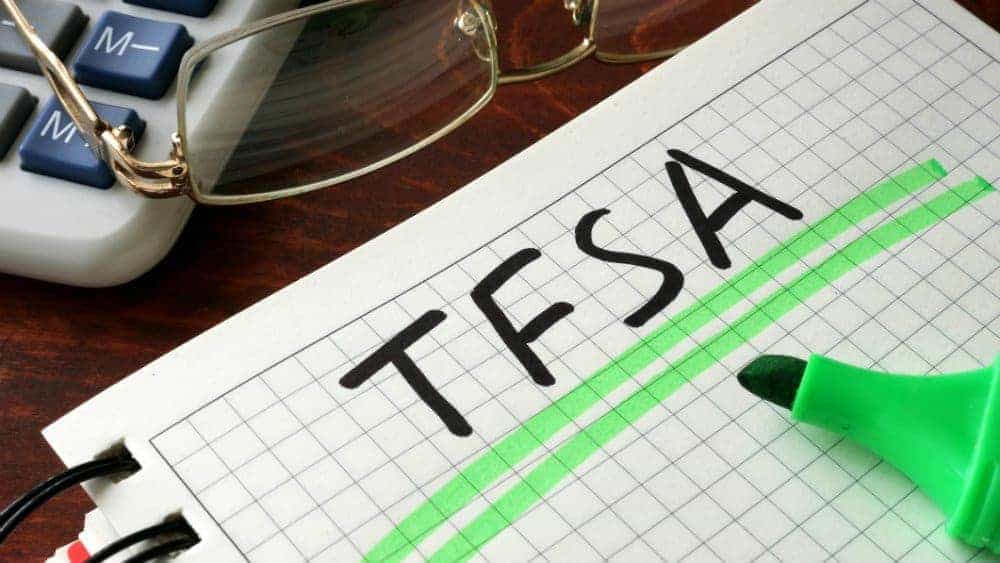Even in a pandemic, taxes won’t disappear. You may hate paying high taxes, but you get more in return, like a healthcare system, pension, and other meaningful benefits. Without efficient taxation, the federal government won’t be able to provide taxpayers will financial relief during this emergency health crisis.
Canadians are fortunate because there is the Tax-Free Savings Account (TFSA) and the Registered Retirement Savings Plan (RRSP) that provide tax-free benefit and tax shelter. You can do one neat trick using both investment tools to pay less tax.
Different but complementing dynamics
Before learning the awesome trick, you must know the fundamental differences between the TFSA and RRSP. The former is a tax-free account, while the latter is a tax-deferred account. Rather than choosing one over the other, you can utilize both to your advantage.
You can unlock the power of both with the same investments, such as bonds, GICs, and stocks. In the TFSA, there is no tax deduction for contributions. Also, all gains, interest, and profits are tax-free. For the RRSP, you can claim a tax deduction on the year you contribute or elect to carry it forward to future years. RRSP withdrawals are taxable.
TFSA first
When you’re young and starting a career, you won’t be maxing out your TFSA and RRSP yet. Since income is low, you’ll belong to the marginal income tax bracket. It’s the ideal time to start saving and investing within your TFSA. The account is flexible, so you can withdraw anytime in case you need the money.
If the 2020 TFSA contribution limit is $6,000, you can compound and grow this amount tax-free. The choice of investment is crucial to keep fattening your TFSA balance. Fortis (TSX:FTS)(NYSE:FTS) is the investment for keeps. It’s an acceptable asset in the TFSA or RRSP.
This $23.5 billion electric and gas utility company will forever be a core holding in a TFSA because the business model is enduring. Regulatory mechanisms insulate the company from changes in sales. Fortis derives 83% of total revenues from this age-old set-up.
Commercial and industrial sales are down as a result of the pandemic, but residential sales are surging with more people spending more time and working at home. Fortis serves customers in Canada, the U.S., and the Caribbean countries.
The current dividend yield is 3.77%, which should generate a tax-free income of $754 from a $20,000 investment.
RRSP next
The tax rate (federal and provincial) is steep when your income is higher. You can complete the neat trick by the time you land in the upper-income tax bracket. In this instance, you can withdraw from your TFSA and contribute to your RRSP.
By doing this technique, the result is a higher tax refund or deduction. It’s not advisable to chase a large tax refund if you don’t belong to the top tax bracket. But it’s sensible for high-income earners to optimize the RRSP.
Best of both worlds
The TFSA is the ultimate wealth-builder, while the RRSP is the counter of affluent taxpayers to excessive taxes. If you have both, you can shelter your earnings from taxes.










